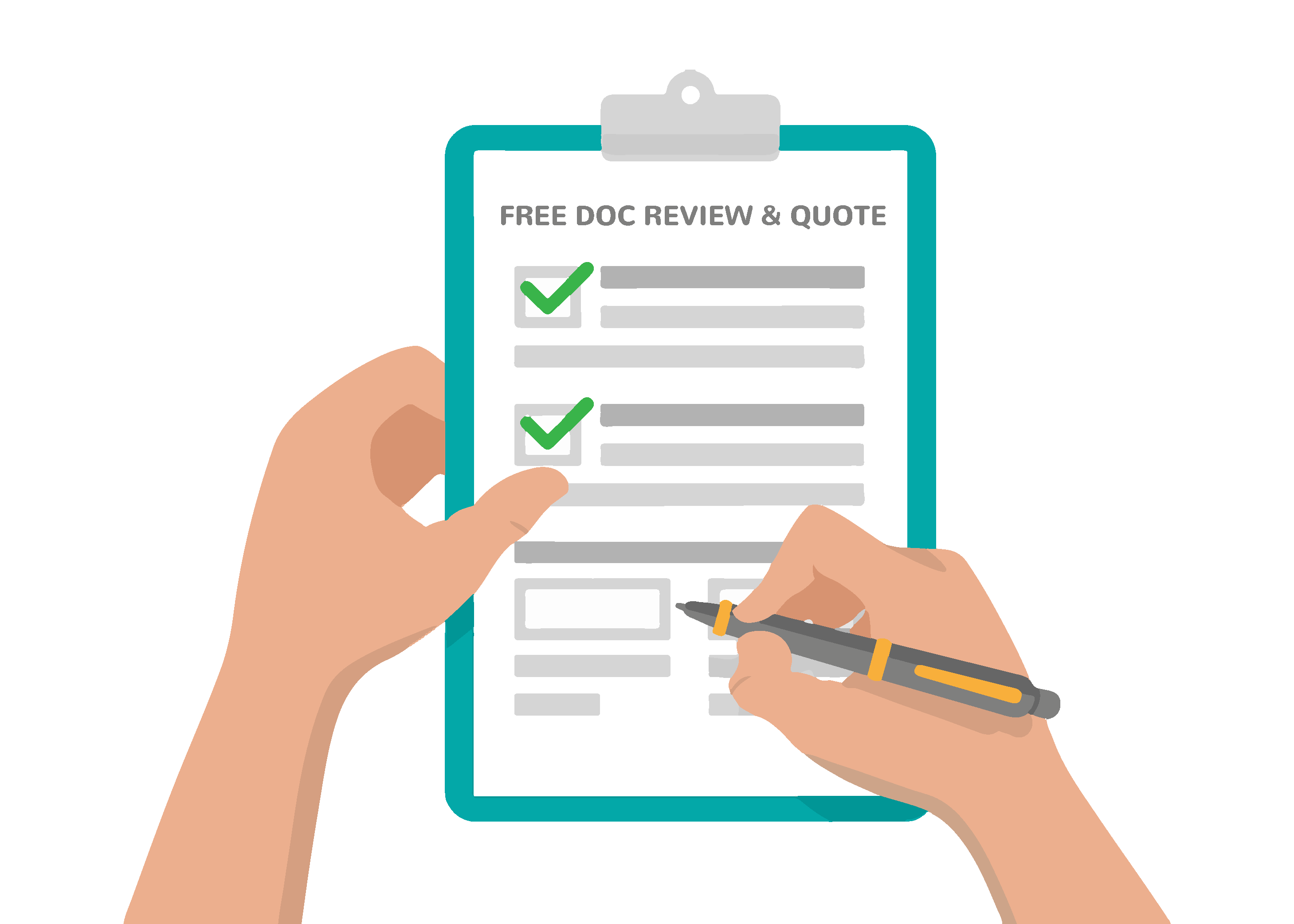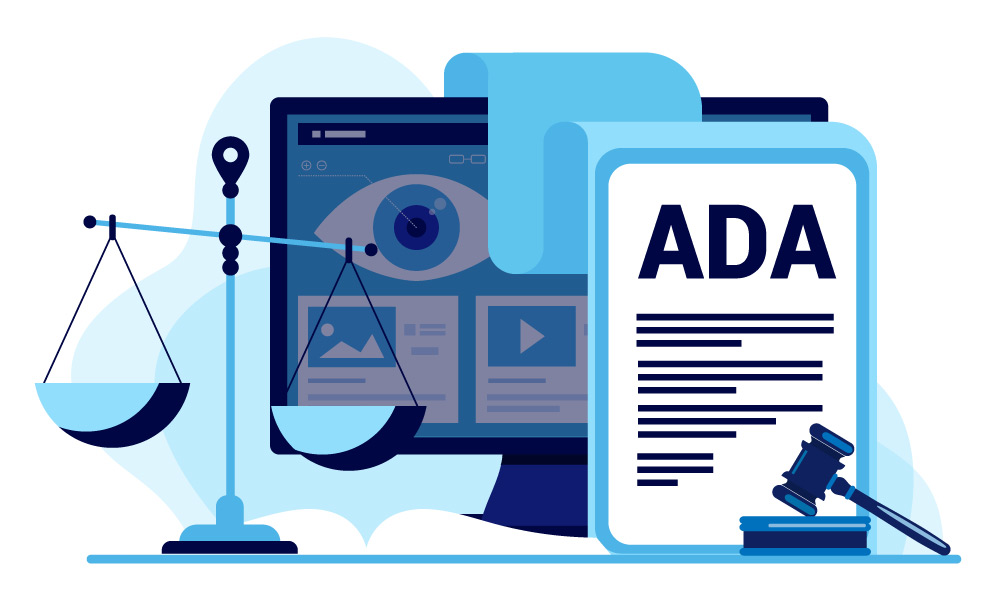In 2022, there were more than 4,061 ADA-related digital accessibility compliance lawsuits in the US. This was a staggering figure that underscores the importance of making one’s documents accessible to all users. Despite this, many people continue to believe in certain myths that can compromise their compliance efforts and increase the likelihood of legal action. By dispelling these myths and gaining a better understanding of ADA compliance, you can take the necessary steps to make your documents accessible and minimize the risk of lawsuits.
Myth #1: Once you’ve been sued, you can’t get sued again.
In 2022, over 600 (or 19%) of the ADA digital accessibility lawsuits were filed against companies that had already faced a previous lawsuit. This is because it’s not uncommon for multiple visitors to encounter accessibility barriers on a website or public document, and even if a lawsuit is ongoing, others may still face the same issues. To minimize the likelihood of future legal action, it’s crucial to have a documented accessibility action plan in place as you work on making your documents accessible in response to a lawsuit. However, it’s important to note that failure to maintain accessibility after resolving initial issues can result in subsequent lawsuits being filed against you.
Myth #2: Widgets and plug-ins are a foolproof solution to avoid lawsuits.
In 2022, around 575 companies that had an accessibility widget on their website still faced lawsuits. There are various digital accessibility plug-ins available that claim to make digital content accessible through a simple line of code or widget. However, these so-called “solutions” may only identify the digital coding of the content on the page, without verifying its correctness or completeness. If the page is not correctly coded, the plug-in or widget would have the same difficulty identifying the contents of the page as assistive technology. Merely having digital code does not guarantee that the information provided is accurate, complete, or in the correct order.
Some plug-ins may create an accessibility “experience” by providing tools for customizing the user’s experience, such as larger text or higher color contrast. However, such tools may conflict with or supersede the same features that the website visitor may have already set up within their assistive technology. In either case, plug-ins and widgets are still inaccessible as they fail to provide an equal experience for assistive technology users.
Myth #3: It’s not necessary to make my website accessible because there are no specific requirements for digital accessibility compliance.
Although the internet is not explicitly mentioned in the Americans with Disabilities Act (ADA), which was enacted in 1990 when the internet was still in its early stages, the law states:
“You have the right to full and equal enjoyment of the goods, services, facilities, privileges, advantages, and accommodations of any place of public accommodation.”
As a result, many courts have interpreted that any public-facing websites fall under this definition, as they offer goods and services to the general public. Other courts interpret websites as services provided by places of public accommodation, which necessitates a connection to a physical place of public accommodation.
Furthermore, specific federal requirements will soon be introduced. In July 2022, the Department of Justice (DOJ) announced that it would begin the advanced rulemaking process for ADA Title II digital accessibility regulations in May 2023. While this is likely to provide clarity, it will not reduce the number of lawsuits currently occurring, and businesses should not postpone making their content accessible.
Myth #4: My company isn’t located in California, New York, or Florida, so I’m not vulnerable to this risk.
Although the majority of digital accessibility lawsuits are filed in New York, California, and Florida, where most plaintiffs and their attorneys are based, it is possible for businesses located outside those states to face litigation in those regions. As a result, the location of your company does not necessarily preclude you from the possibility of being sued.
Myth #5: Digital accessibility under the ADA is not enforced by the DOJ.
Enforcement of digital accessibility compliance has increased under the Biden administration, and the DOJ has entered into several settlement agreements concerning website accessibility issues. The DOJ has been conducting compliance reviews among private sector public accommodations, resulting in many of these settlements. This demonstrates that the DOJ intends for the ADA to be applicable to digital resources, even though it is not mentioned by name in the law.
Fact: Ensuring accessibility and compliance can help prevent lawsuits.
Take action now and ensure your website is ADA compliant by making all digital resources, including PDFs, accessible to everyone. If you need assistance, consider using RemDoc, a document remediation service that can make PDF accessibility easy regardless of the number of documents you have.






